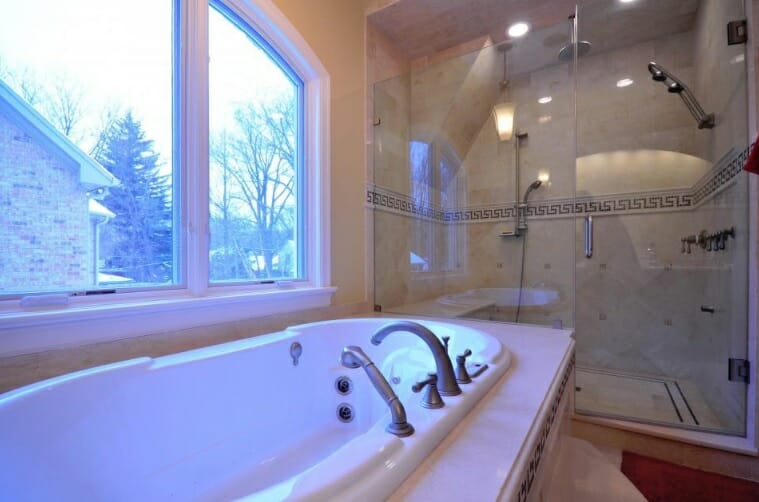We all rely on our bathrooms at multiple times during the day to meet our ablution needs. If the bathroom isn’t working correctly or it’s less efficient than it should be it can be a real problem. If you can stay on top of your aging fixtures and water leaks you can keep your bathroom in working order. This requires a basic knowledge of how the bathroom fixtures work and how they are used. If you know these three bathroom plumbing basics, it will be easy to troubleshoot any problems.
- Basic Plumbing Maintenance
Like any complex system that’s used every day, a plumbing system requires a little care and attention to work well. A great deal of plumbing maintenance is preventative in nature, as the old adage goes “prevention is better than the cure,” and this is very relevant when it comes to plumbing. Toilet paper is the only non organic waste that should be flushed away, and any other materials can cause a clog. The drains in your sinks and tubs need to be flushed with hot water every week to keep them running at peak efficiency. If you’re experiencing repeated clogs in your drains, it’s a great idea to install strainers in every sink, tub, and shower drain, to prevent hair from collecting there.
- Understanding Vents and Drains
The vent system in your bathroom supplies air to the drainage system, and this is needed to move the waste out of the plumbing lines. If you want to assess any issues relating to your vent system, it’s important to understand how these systems work together. Most modern bathroom plumbing systems use ABS or PVC pipes that connect your plumbing to a main stack or soil stack. The stack will begin in the basement, and then it connects up to the sewer line. The top of the stack protrudes out through the roof, and it’s where the gases escape. If you have a problem with your main vent system, it’s not a job that should be tackled by a DIY enthusiast. A plumbing amateur can easily make the problem worse, and this can be expensive. The main vent should be inspected by a local licensed plumber, and they can fix the problem.
- Unclogging Your Drains
Most people will have encountered a clogged drain at some point in their lives. When you hear a strained flush or the water in the sink won’t go down, it can be a real annoyance. A clog can be caused in a number of ways, a wedge of toilet paper or a clump of accumulated hair mixed with soap scum can seal a drain shut tight.
Many people resort to a store bought chemical cleaning product to clear a clog quickly, but this is a mistake. These chemical cleaners contain caustic chemicals that can dissolve a clog and harm your plumbing pipes at the same time.
It’s a better idea to attempt a manual removal first with a simple plunger, and in many cases, this works well. If the clog is deeper into the system or it’s very persistent, it can sometimes be shifted by pouring baking soda into the drain and leaving it overnight. The next day you can pour boiling water in, and this may damage the clog enough to flush it away. If you cannot remove the clog contact your
local certified plumbing professional and they can use special equipment to clear it manually.
By Giovanni Longo President Flood Brothers Plumbing
Giovanni Longo is a 3rd generation master plumber who has been practicing his craft and trade in the greater Los Angeles area for well over a decade and a half. A plumbing and hydraulics-engineering innovator, Giovanni’s particular world-class expertise focuses on dealing with challenging sewer system designs as well as resolving complex commercial and residential draining issues. As a certified Flood Mitigation expert, he is also well versed in a wide variety of water damage and remediation solution.





